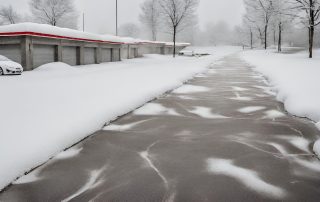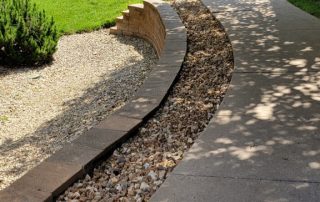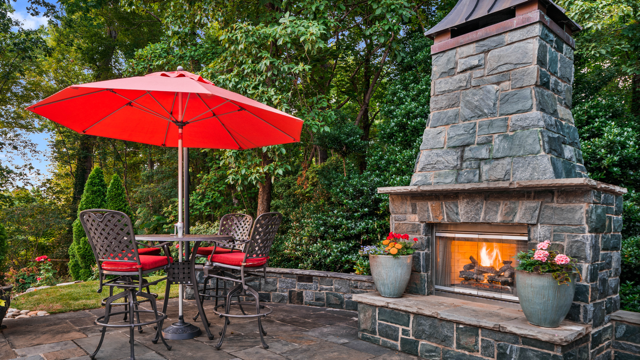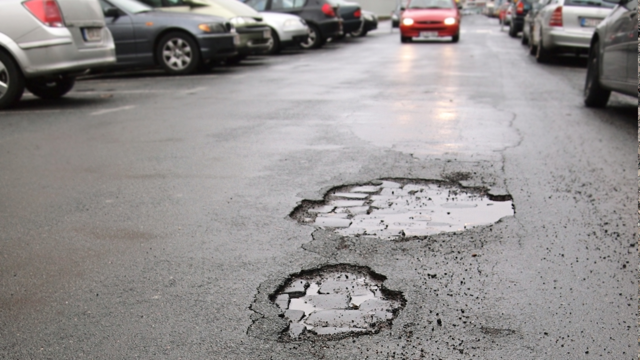If you’ve invested in concrete surfaces for your property, you’ve made a wise choice. It’s durable, versatile, and can withstand a lot. However, when the temperatures drop and winter’s icy grip takes hold, it’s essential to take extra measures to protect your concrete investments. Below we’ll discuss why it’s crucial to protect your concrete in cold weather and give you some tips on how to do it. So, let’s dive right in.
Why Protect Your Concrete in Cold Weather?
Before we get into the nitty-gritty of how to protect your concrete in cold weather, let’s talk about why it’s important. Concrete may be tough, but it’s not invincible, especially in freezing temperatures. Here’s why you should pay extra attention to your concrete during the winter months:
- Prevent Cracking: Concrete is susceptible to cracking when exposed to freezing and thawing cycles. Water can seep into tiny cracks, freeze, and expand, causing the cracks to grow. Proper protection can help prevent this.
- Maintain Aesthetics: If you’ve invested in decorative or stamped concrete for your property, you want it to look its best year-round. Cold weather can dull its appearance and even cause discoloration if not protected.
- Extend Lifespan: Well-maintained concrete can last for decades. By protecting it from the harsh effects of cold weather, you can significantly extend its lifespan and postpone costly replacements.
- Safety First: Slippery surfaces can lead to accidents and potential liabilities. Protecting your concrete with anti-slip measures is crucial for the safety of everyone using your property.
Now that we’ve covered why it’s essential, let’s move on to the meat of the matter – tips to protect your concrete in cold weather.
5 Tips for Protecting Your Concrete in Cold Weather
Tip #1: Snow and Ice Removal
Regularly remove snow from your concrete surfaces. Use snow shovels, plows, or snow blowers. Swift removal prevents the buildup of ice, which can damage the surface and pose safety risks.
Tip #2: Limit Salt Use
While de-icing salts are effective, they can damage the concrete surface over time. Opt for de-icing products that are gentle on concrete. Rock salt (sodium chloride) can harm your concrete over time, so consider alternatives like calcium chloride or magnesium chloride-based de-icers. These options are more concrete-friendly.
Tip #2: Seal Joints and Cracks
Seal any existing joints and cracks in the concrete. Water that freezes inside cracks can cause them to expand, making the situation worse.
Tip #3 Regular Inspections
Throughout the winter season, periodically inspect your concrete surfaces. Look for signs of damage, such as cracks or spalling. Prompt attention to these issues can prevent further deterioration.
Tip #4: Proper Drainage
Be sure your property’s drainage systems, such as gutters and downspouts, are functioning correctly. Effective drainage prevents water from pooling on concrete surfaces, where it can freeze and create hazardous ice patches.
Tip #5: Regular Maintenance
Consider scheduling professional concrete maintenance and inspection services. Experienced contractors can assess your concrete’s condition and provide specialized treatments to shield it from winter-related damage.
Remember, your concrete investment is a long-term commitment. By following this advice, you’ll ensure that your concrete not only survives the winter but thrives year after year, looking great and performing well.
If you have any questions or need assistance with concrete maintenance and protection, don’t hesitate to reach out! Contact information is below. We’re here to help you make the most of your concrete investments, even in the coldest of weather.
Stay warm and keep that concrete in top shape!
Direct Contact for Concrete Services:
Jake Peek
Project Manager/Estimator
E: jacob.peek@SingleSourceSystems.net
P: (816)-419-4153










